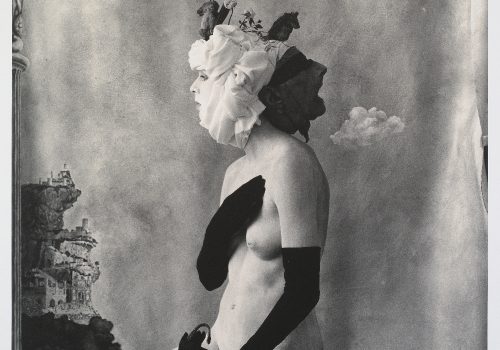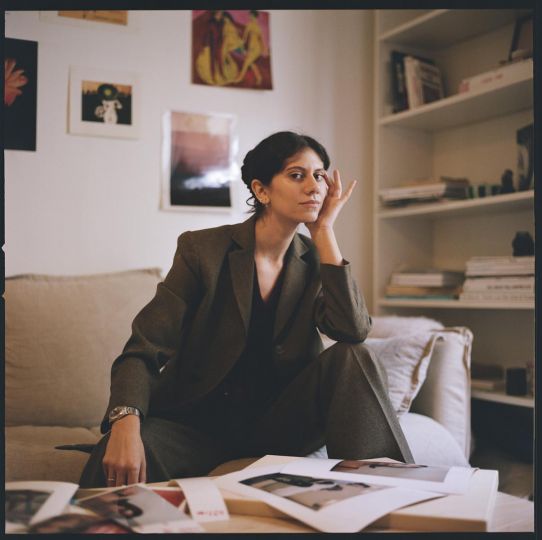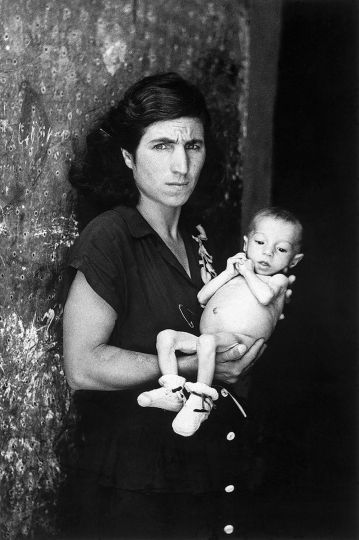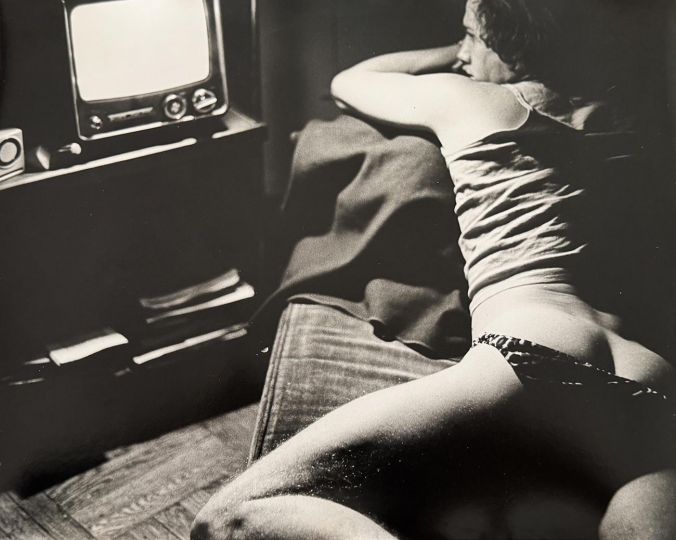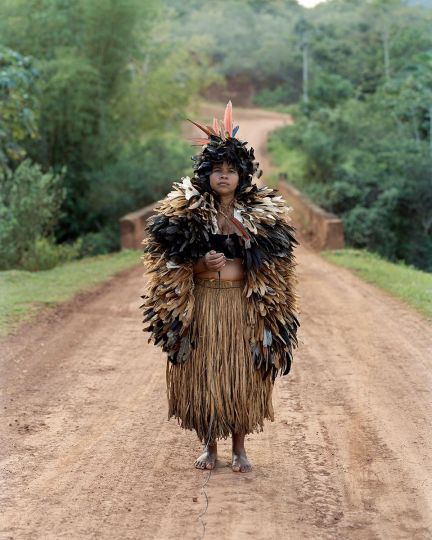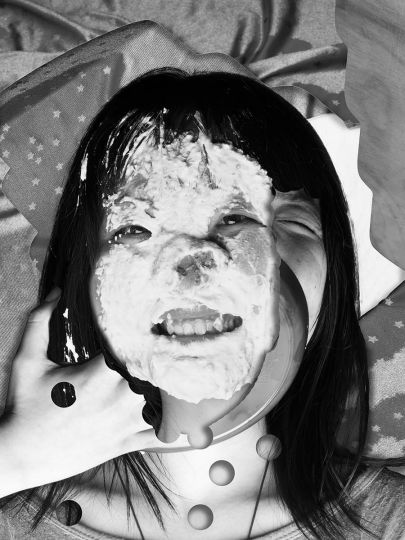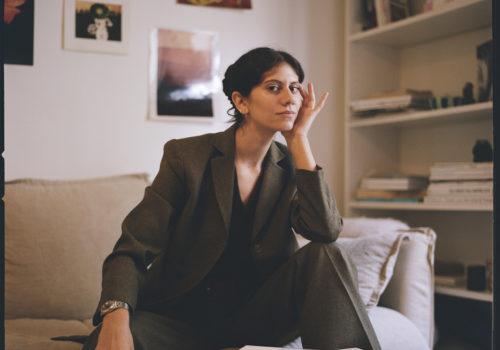With the advent of photography, access to portraiture became more democratic; the painted portrait being then reserved for an aristocratic caste or a bourgeois elite.
After daguerreotypes, the success and attraction for photographic portraits were confirmed with Disdéri’s invention, “card portraits”, which quickly met with great success. Besides its speed and its price, the great advantage is that it made it possible to reproduce and print in large numbers.
In its early days, photography was above all a scientific feat, an apparently neutral mechanical device, as close as possible to reality. From the first decades of its history, photography had already explored, so to speak, all of the sub-genres of portraiture that we still practice today: official portraits, the nude, celebrity portraits, the family portrait – in particular the wedding portrait. and children’s portraits – the self-portrait, the group portrait, the historical portrait, the fictitious portrait,…
Yet, from its invention, it has been at the service of staging, artifice and illusion. According to Nadar, a “good” portrait should be more faithful to human perception than to physics: “Photography is within the reach of the first fool, it can be learned in an hour. What cannot be learned is the feeling of light, much less the moral intelligence of your subject, and the intimate human likeness. ”
Other photographers follow this line by moving away from staging: neutral background; restriction of face framing; preference for everyday or nude outfits in order to reveal its interiority; removing any interaction with the models by sneaking pictures of them.
Then, on the contrary, photographers played with this impossibility with thoughtful and worked staging, their self-portrait, like real artists where the camera replaced the brush.
Today more than three billion images are shared on social media every day, images taken in bursts and without attention. Our daily lives today are without secrets and without mystery, we are ready to expose everything, and especially our own person. In 1859, Baudelaire rose up against photography: “This filthy society which rushed, like a single Narcissus, to contemplate its trivial image on metal. “What if today Narcissus had a smartphone? What would he think of the self-portrait of our time?
Judith Peyrat
La Chapelle
Impasse de l’abbaye
78120 clairefontaine en Yvelines
Du 19 septembre 2020 au 31 janvier 2021
baudoin lebon – paris
8, rue charles-françois dupuis
75003 paris, france

